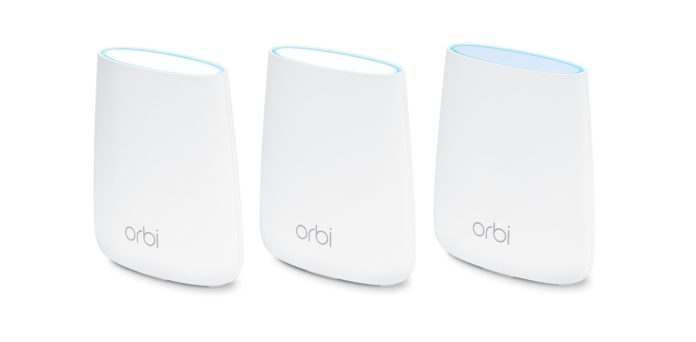For users living in large homes, there are bound to be Wi-Fi dead spots. The same condition holds for anyone occupying a house built in an unusual design. Mesh routers aptly prove themselves in such instances. Finding heavy use in such locations as military bases and organizations requiring safe and secure networking, mesh routers have been around for quite a while. Regular routers come with a consistent flaw: the signal they put out is limited in range. Home users now have the option of WLANs for home use through mesh routing. The best mesh router is isolated from the regular Internet, making it ultrasecure. Such routers also come in handy if the dimensions of your home exceed 2500 square feet, has an unusual design, has more than two floors, or has inner brick walls. Mesh Wi-Fi systems offer a unique set of devices built to work effortlessly together to enhance your network to the dead spots around your house. These useful routers also promote faster speeds in the fringes. Let’s focus on the factors to consider when choosing a mesh router.
Advantages of mesh Wi-Fi routers
Mesh routing networks are built with one specific goal in mind: to enable data to relay between nodes to reach a designated point. The systems also collaborate to direct traffic to all the devices on the network.
- Effortless transfers
Mesh routing enables you to move from point to point around your home while also allowing jumping from one node to another. You have the option of setting up several routers around your house to act as access points, but then you would have to transfer your device from one access point to another manually. Mesh routing allows automatic transfer to the best node available based on your location about the house.
- More durable networks
Mesh routers are resilient because even if one router fails to broadcast signals, the other devices immediately pick up the slack through the remaining nodes, delivering high-quality signal around your home.
- Enhanced coverage
Mesh router systems are capable of spanning larger areas, especially for owners with multi-level homes or significantly larger homes. Mesh routers do not force you to depend on one router for signal provision around a large house. You are free to place nodes at different locations around your home to boost the Wi-Fi coverage.
What to know when choosing a mesh router
- Single or dual-band
A single-band mesh router operates at the 2.4GHz or 5GHz range of frequencies. Dual-band mesh routing operates at both frequencies. As such, dual-band mesh routers offer better coverage, uptime, and connectivity.
- Router positioning
Where you place your mesh routing devices plays a critical role. The higher the positioning of such routers, the better coverage you will get. Additionally, heat map software can help you determine the location of dead spots where you can add a mesh routing node.
- Router standards
The best mesh routers adhere to the 802.11ac standard, which offers faster speeds compared to 802.11n devices.
- The actual speed of the mesh routing devices
You can obtain real customer reviews from router websites to determine the actual speed of the mesh setup, as most sellers will not disclose the real speed of the setup.
Conclusion
Mesh routing is a fantastic choice for getting whole-house coverage of your home with Wi-Fi up and running. With faster speeds and greater coverage, the best mesh routers also offer enhanced security and isolation from the Internet.





